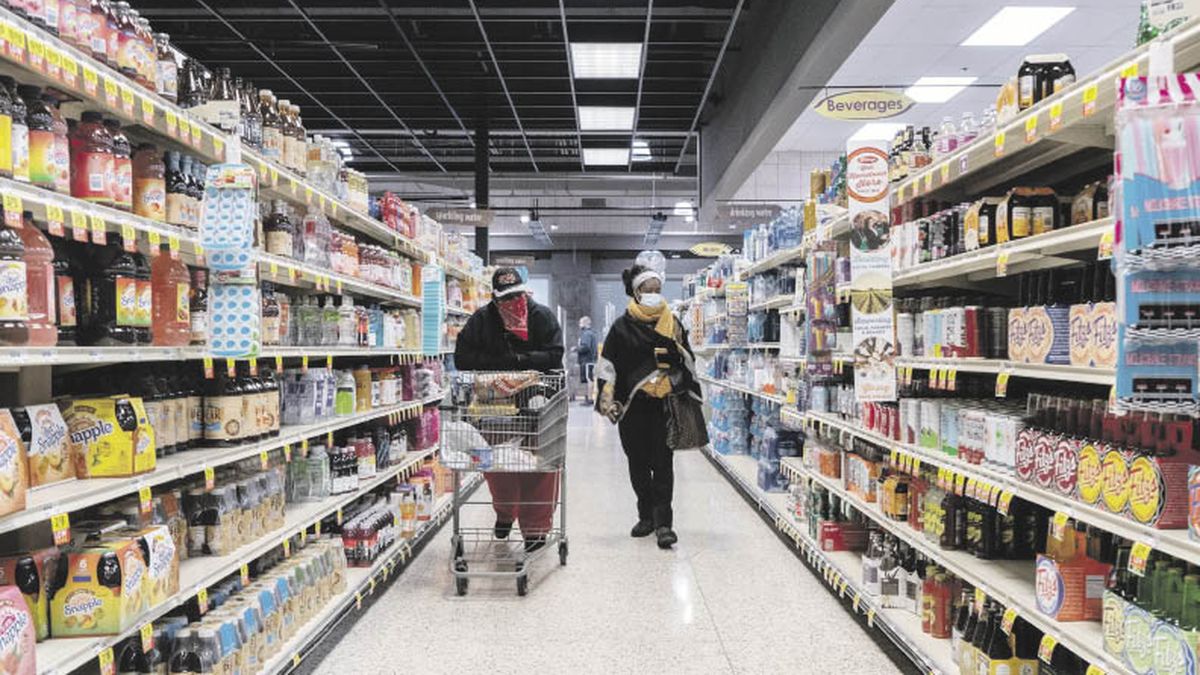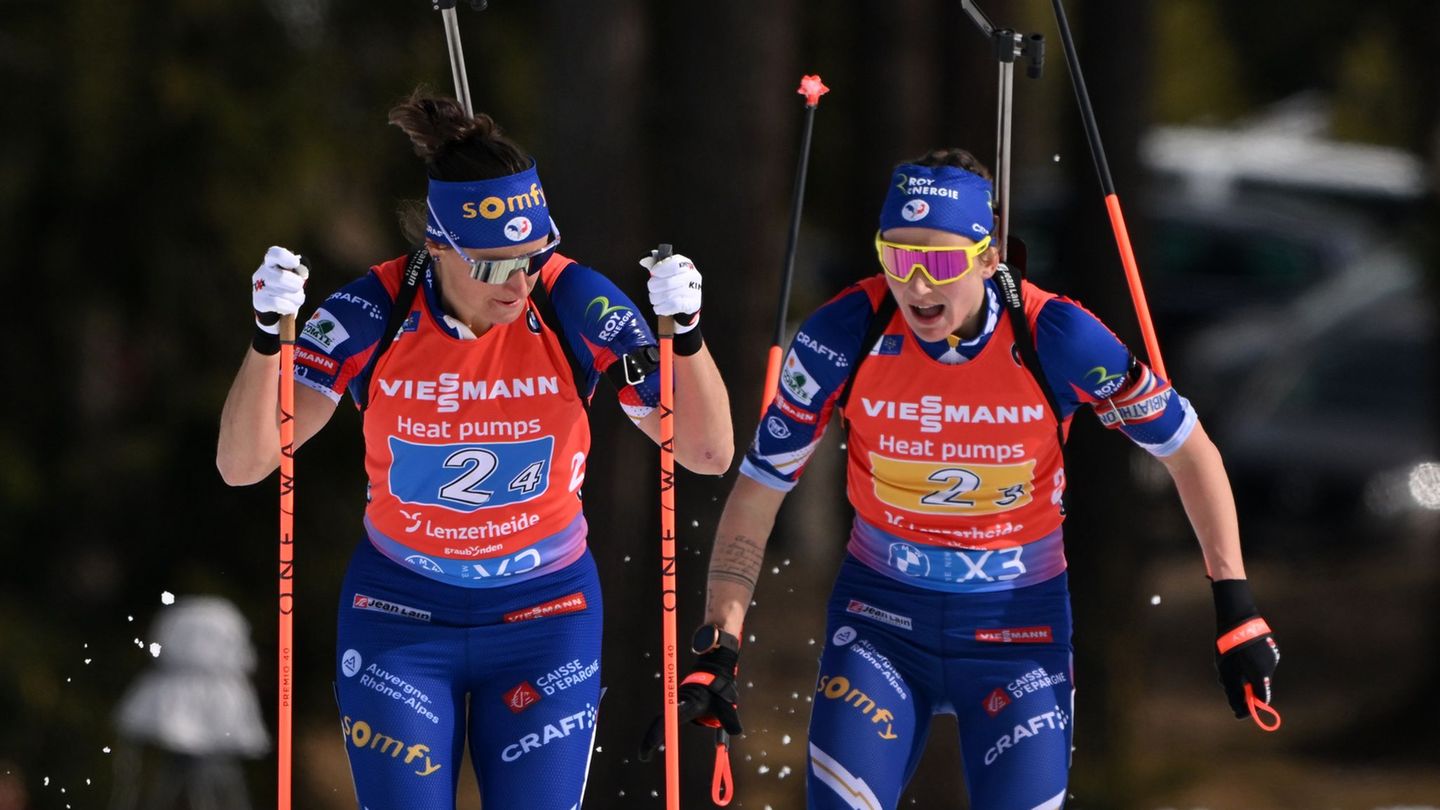I am Pierce Boyd, a driven and ambitious professional working in the news industry. I have been writing for 24 Hours Worlds for over five years, specializing in sports section coverage. During my tenure at the publication, I have built an impressive portfolio of articles that has earned me a reputation as an experienced journalist and content creator.
Menu
DFB squad: New names for a new goal: Nagelsmann selects
Categories
Most Read
Biathlon: Biathlete Simon convicted of credit card fraud
October 24, 2025
No Comments
Attention, Racing: Liga de Quito beat Palmeiras 3-0 and set foot in the final of the Copa Libertadores
October 24, 2025
No Comments
Biathlon: Biathlon world champion Simon admits credit card fraud
October 24, 2025
No Comments
River faces Independiente Rivadavia for a place in the Argentine Cup final: time, TV and formations
October 24, 2025
No Comments
Argentinos Juniors turned it around Belgrano and reached the final of the Argentine Cup
October 24, 2025
No Comments
Latest Posts

10-time biathlon world champion Julia Simon cheated with credit cards: “I confess”
October 24, 2025
No Comments
Biathlon world champion Julia Simon Julia Simon “I confess to the allegations,” said the 29-year-old in front of the criminal court in Albertville. A few

Inflation in the US was lower than expected and calls for a new Fed rate cut
October 24, 2025
No Comments
October 24, 2025 – 11:26 The data arrived two weeks late, due to the budgetary paralysis suffered by the United States federal government. US retail

Biathlon: Biathlete Simon convicted of credit card fraud
October 24, 2025
No Comments
PierceI am Pierce Boyd, a driven and ambitious professional working in the news industry. I have been writing for 24 Hours Worlds for over five
24 Hours Worlds is a comprehensive source of instant world current affairs, offering up-to-the-minute coverage of breaking news and events from around the globe. With a team of experienced journalists and experts on hand 24/7.

